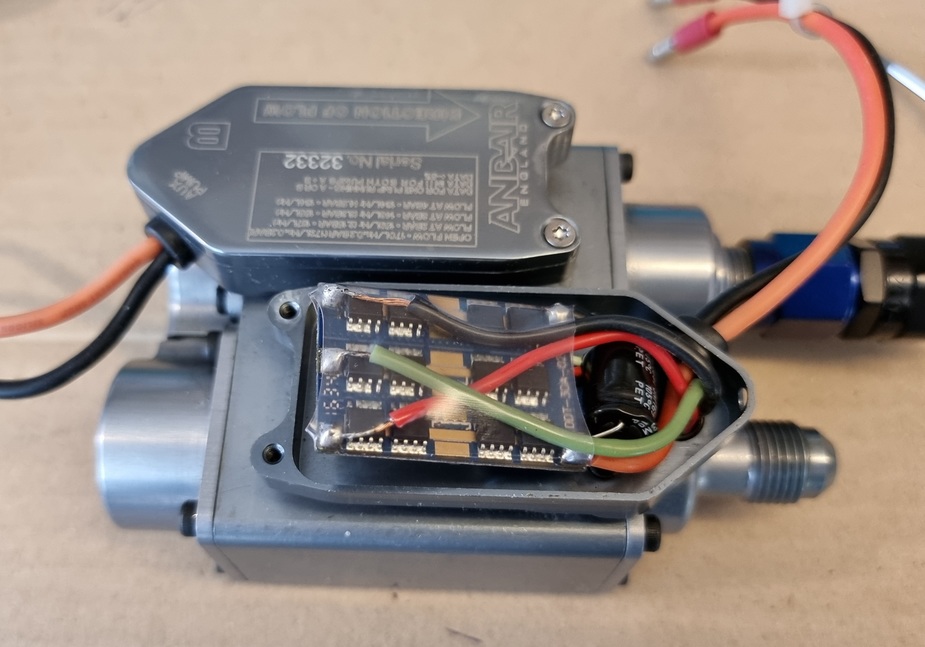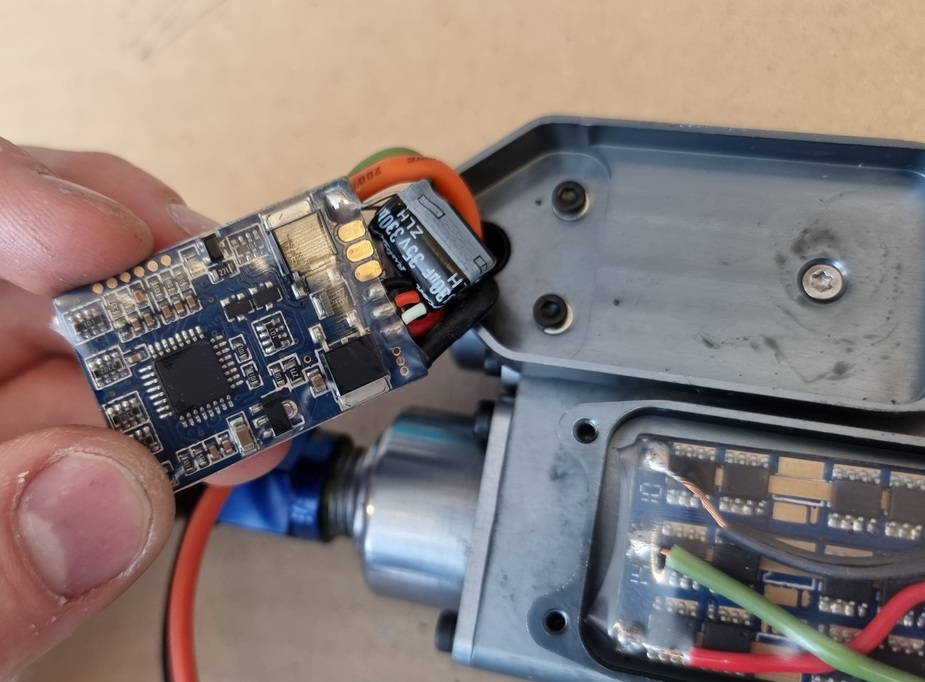Snoopy wrote:
I stand corrected, it’s not as accurate. The reason DME/DME updating still makes sense is in conjunction with INS and GNSS. The FMC can compare and determine „valid“ position data using 2 of 3 sources compared to one on one.
Also, if you fly in “some parts of the World”, such as in the Eastern Mediterranean, you really can’t count on GPS. My GPS-only avionics (are they also single frequency? I’m not sure.) lost the ability to give me position for the better part of an hour. My multi-constellation (GPS, Glonass, Beidou, Galileo) multi-frequency (L1/L5, E1/E5a) Android pocket computer (some people call that a “phone”) lost positioning for several minutes “only”.
AFAIK all panel mounted (TSOs) avionics are only NAVSTAR / L1 GPS. They could do others; we did that before, e.g. here and other systems could be supported by existing firmware. In particular, and this is not relevant now due to the Russian invasion, Russia mandated GLONASS support in consumer devices sold to Russia, so they may have done the same with Garmin or Avidyne. They should know but they don’t do social media in Europe anymore, AFAICT 
I would expect jamming to do “all GPS” and not just NAVSTAR.
I am now told the pink 16-leg chips are voltage regulators from the early 1980s
Missed opportunity to use those 6C33C-B high-current triodes! There’s a picture somewhere of an avionics box from some MiG or other that has one.
The TO5-like things look suspiciously like analog op-amps from the early 70s.
Yes they might be. 8 pin.
Interesting that, for a high G application, they have so many radially mounted components

but maybe a cruise missile isn’t so high G.
This is the TB20 TKS Control Unit. Handmade, lists at around $2k.

The big chip is the 1970s ICL7107 A-D converter with 7-segment LED drive. I used these when I started in business in 1978.
The black blob to the right of it is some circuitry which is potted to prevent field repair. This is not fixed to anything and just floats around inside the box so eventually the five or so wires will break off. The whole PCB is not fixed and lies in some self adhesive plastic rails and the main thing which keeps it in place are the LEDs passing through the front panel. This is worse than any DIY crap.

Two 7805 regulators

Next to the upper 7805 is a sliding window which gives screwdriver access to a trimpot on the main board. This access is of course unusable in just about every aircraft where this is mounted; it should be a front panel trim (same comment for the stupid KFC225 side trimpots). This sets the full scale reading for a full TKS tank, but the sensor is such a crap design that 1 degree of pitch changes the reading by about 10%.
Front panel

The 3 position rocker switch is a C&K 7203, which is renowned for its failure rate.
Yet another example of what we have in GA 
The whole thing is made just as it would have been made in 1975. Not much actually wrong with that, apart from the 7805 regulator inputs directly exposed to the aircraft bus spikes from the starter motor operation. The absolute max rating of a 7805 is 36V and typical spikes are 100-200V. The standard workaround is to power this from the/an avionics bus which is unpowered during starting, but the CAV STC requires a connection directly to the main bus. I did tell CAV about this at the time… The STC is from c. 1980 and everybody involved is either long retired or dead.
On the left of the main PCB are some weird feedthrough capacitors which merely tell us that the designer threw bits on the board which he just felt like using  A good non-serviceability item.
A good non-serviceability item.
Peter wrote:
This is the TB20 TKS Control Unit. Handmade, lists at around $2k.
Very interesting! When seeing stuff like this I always think of the people who are making fun of current microlights (with up to date avionics) because they are “not certified”.
That control box was designed c. 1980 so it is how stuff was built then.
But, certification enables firms to sell this today, because once you have an STC, you own the universe 
One could certify new stuff but there is so much inertia down the installer pipeline and 99% of owners will do what their local avionics shop says is easy possible).
There’s a photo and summary on Pocket of the gyro from a Peacekeeper ICBM
Thank you. Interestingly mechanical gyros outperform laser gyros even today.
Here is the Andair fuel pump from my homebuilt. It retails at £875 plus VAT.
Andair stuff is supposed to be premium, and these brushless pumps seem very nicely machined, generally well made. However out of curiosity I removed one of the covers to see what electronics were inside, and found an ESC from a radio controlled plane, covered with 1 layer of heat shrink to insulate it from the casing.
The insulation between the motor wires was pulled too far back and could have shorted against the other phases.
Pretty poor show really, this one is 10 years old I think so newer ones may be better, but still disappointing from a premium brand. I’ve sorted out the insulation and wiring before returning it to service.
Finally, there is no attempt to sink the heat generated by the ESCs into the casing, which could cause problems given that each pump can draw 50 watts.


This spot is just a thin sleeve away from a short

For uncertified aircraft… many say the stuff is better made. I am not so sure.
Nicely machined casing though.
All this PCB does, AFAIK, is generate a 3 phase fixed sinewave, though probably with a ramp-up, and some overcurrent protection. Using a motor controller from a model plane is not a bad way to do it, in principle.